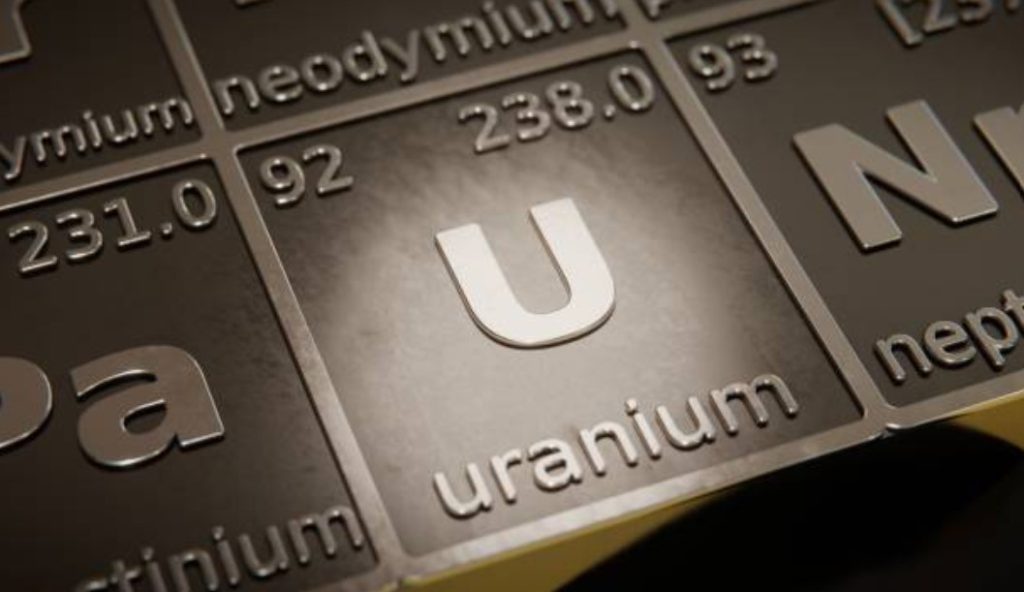Sprott Physical Uranium Trust NAV exceeds US$5 billion

Sprott Physical Uranium Trust [TSX-U.UN, TSX-U.U], a Toronto-based vehicle set up to give investors direct exposure to the commodity via its holding of U308, says its net asset value has surpassed US$5.0 billion.
“We would like to thank our unit holders for their trust and support in helping the Sprott Physical Uranium Trust reach this significant milestone,’’ said Sprott Asset Management CEO John Ciampaglia.
“Since SPUT’s launch, there has been a growing recognition that nuclear power is an essential component in achieving global carbon reduction targets while providing energy security,’’ Ciampaglia said. “We are proud that our relentless focus on education helped investors globally to better understand the uranium investment opportunity. We continue to believe it is in the early stages of a uranium bull market as global support for nuclear energy grows and the utility contracting cycle accelerates,’’ he said.
Ciampaglia went on to say that Sprott is grateful for the contributions of its partners at WMC Group in helping SPUT procure and store more than 62 million pounds of [triuranium octoxide] and the invaluable market insights they were able to provide to Sprott unitholders.
Since its inception in July 2021, Sprott Physical’s Net Asset Value (NAV) has grown from US$630 million to more than US$5.0 billion as of November 20, 2023. Over this same period, Sprott Physical’s unit price has increased by more than 100% while its liquidity and trading volumes have steadily improved.
On Tuesday, the units were priced at $25.88 and currently trade in a 52-week range of $26.29 and $14.23.
Sprott Asset Management is the world’s largest manager of uranium-related investments, with approximately US$7.0 billion of uranium-related assets under management.
The price of uranium has historically experienced long bear markets and periods of exponential growth.
The uranium spot price recently hit a 12-year high of US$77 per pound, marking a recovery from the impact of the 2011 earthquake and tsunami in Japan that disabled three reactors in the Fukushima nuclear plant, causing their cores to melt down, forcing Japan to shut down 50 nuclear reactors that remained intact.
The repercussions sent the uranium price plunging from US$72.63 a pound in 2011 to a low of US$18.50 in late 2016.
Sprott notes that nuclear energy is one of the cleanest energy sources based on C02 emissions. It has been operating in the belief that major policy shifts by governments, aggressive decarbonization goals and growing energy needs should bolster greater demand for uranium in the future.
Analysts have said a myriad of factors are likely to impact the uranium sector in the near future, potentially creating opportunities for both investors and producers.
They include the Russian invasion of Ukraine, which has served to highlight the United States’ dependence on other countries, including Russia, for its uranium supply.
Uranium is key to 20% of the U.S. power supply and multiple defense needs, yet it is producing virtually none domestically.
